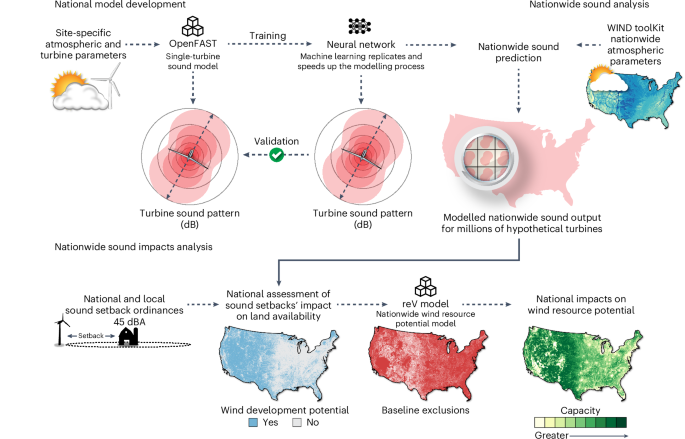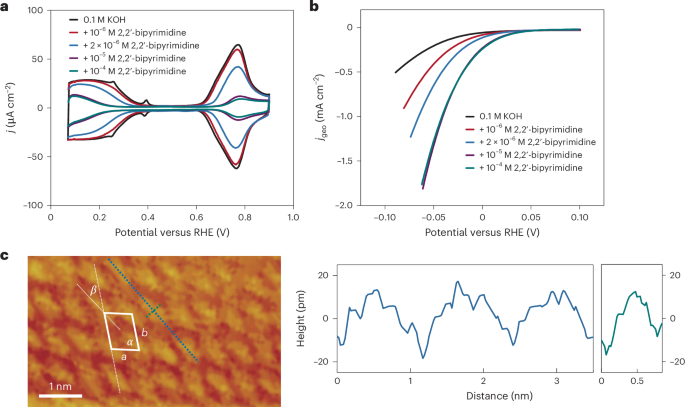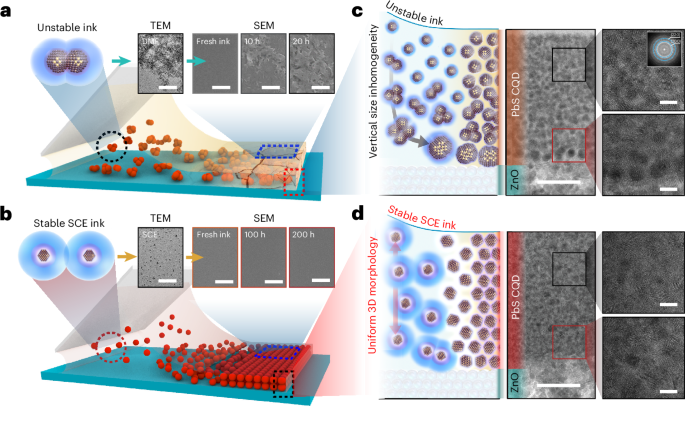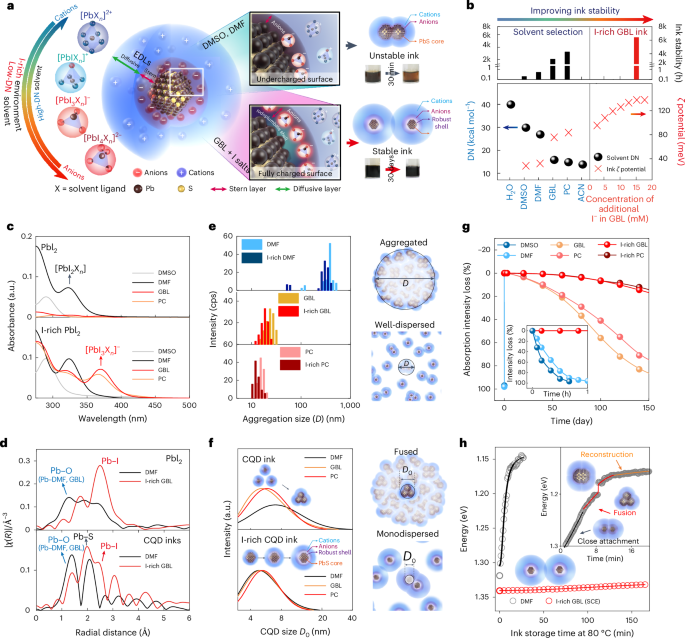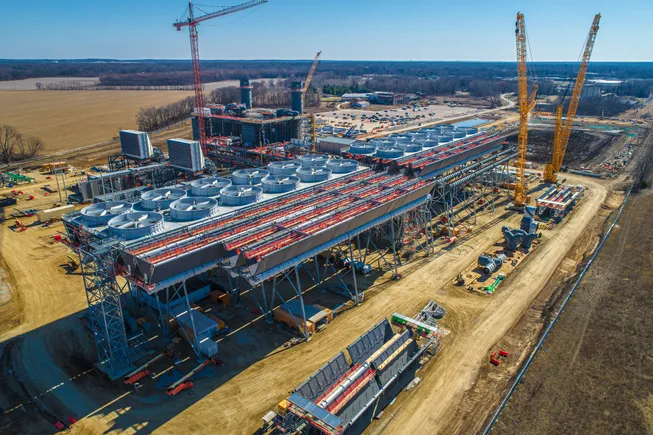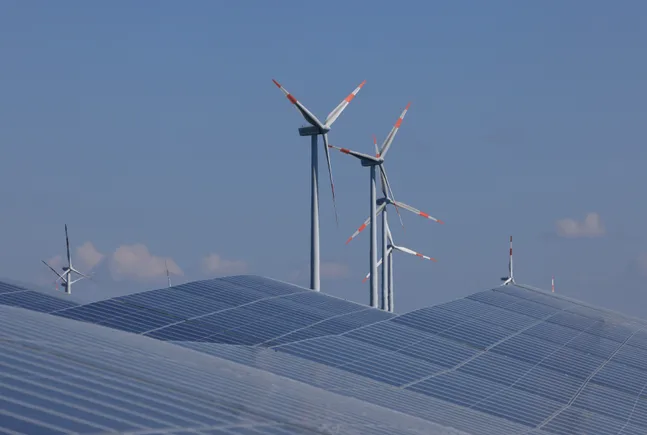Zinc Ion Transport Kinetics in Zinc‐based Batteries and Its Regulation Strategy
Advanced Energy Materials, EarlyView.

Zinc-ion transport ability is a crucial factor for to determine the overall performance (including rate-capability, energy density, and cyclability) of aqueous zinc ion energy storage. In this review, the regulation strategies to improve zinc ion transport kinetic are systematically summarized. The article concludes with future research directions, such as high-entropy design, multi-scale simulation, and machine study, providing a roadmap for developing high-performance zinc ion batteries at ultralow operation temperatures.
Abstract
Rechargeable zinc-ion batteries (ZIBs) have gained significant attention as potential next-generation energy storage systems, owing to their inherent safety, environmental benignity, and cost-effectiveness. However, the substantial electrostatic repulsion of Zn ion results in a sluggish kinetics for its insertion into the cathode material. Meanwhile, the formation of hydrated ionic groups with increased mass and volume in the aqueous electrolyte further hampers the transport ability of zinc ions, significantly impacting the overall electrochemical performance (including capacity, energy density, rate-capability, and cyclability) of aqueous zinc-ion batteries. This review systematically summarized the recent progress in the regulation strategy of the zinc-ion transport kinetics. The as-reported mechanisms are introduced for zinc ion transport in ZIBs (Zn2+ insertion/extraction mechanism, H+ or H2O/ Zn2+ co-insertion/extraction mechanism, conversion reaction mechanism, and coordination reaction mechanism). Then, cathode material design for fast zinc-ion transport kinetics including soft lattice construction, doping effects, defect introduction, morphology control, and interface design is systematically summarized. Finally, it is concluded with future research directions, such as high-entropy design, multi-scale simulation, and machine study, providing a roadmap for developing high-performance zinc ion batteries at ultralow operation temperatures.
























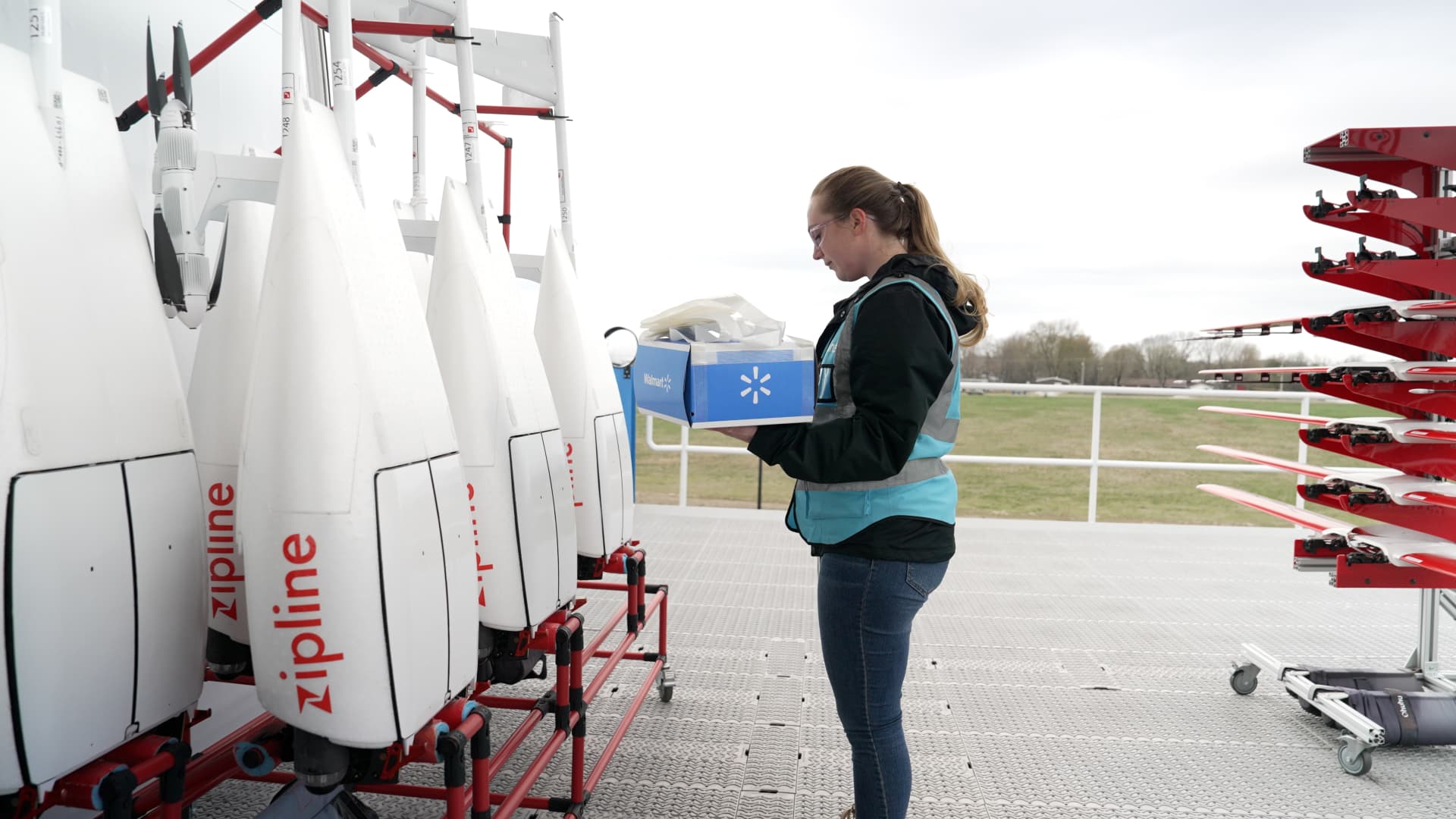







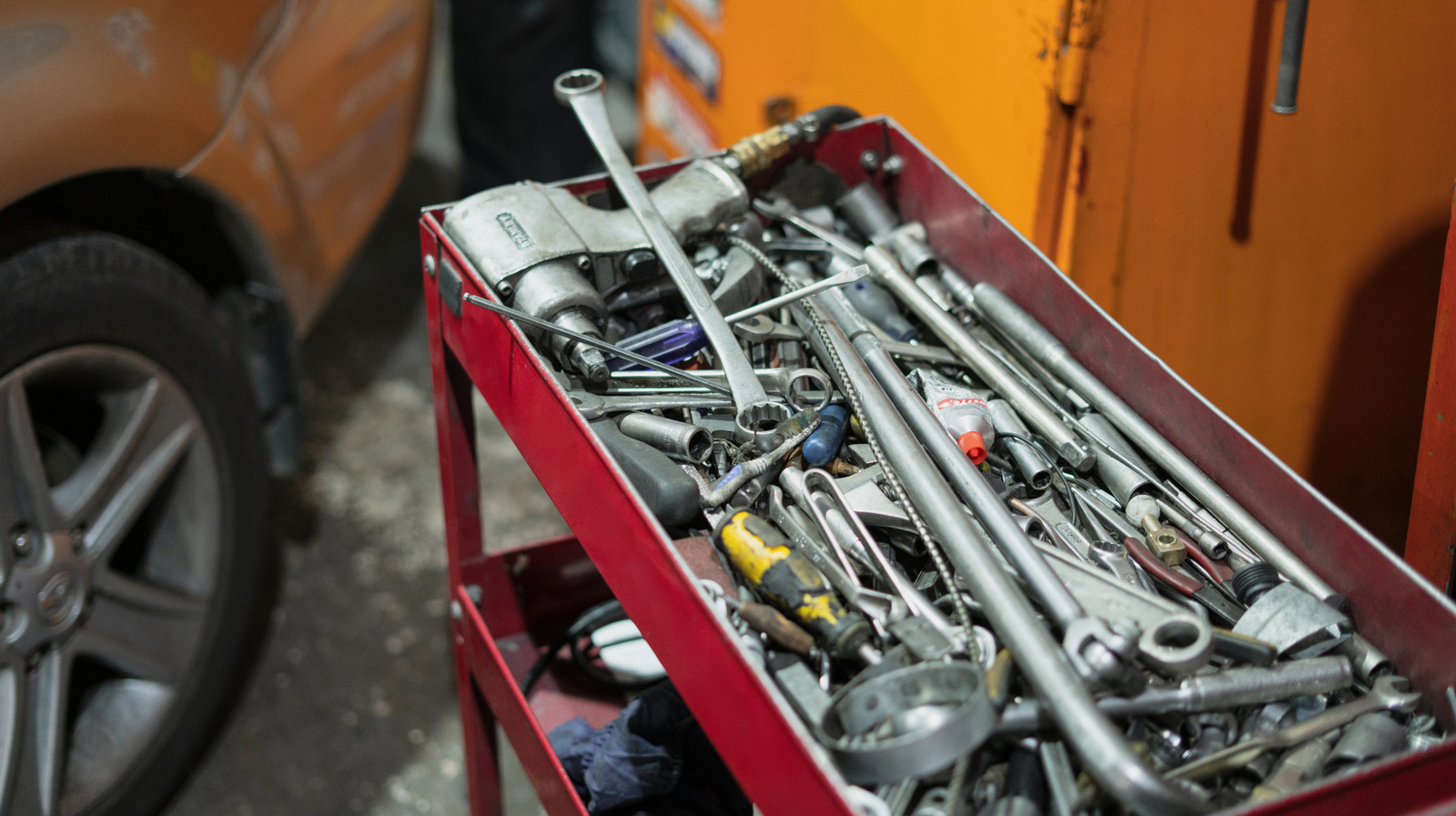































































![F/A-XX hints, icebreaker ambitions and previewing day two of Sea Air Space [VIDEO]](https://breakingdefense.com/wp-content/uploads/sites/3/2025/04/250407_SAS_2025_indopac_WELCH-scaled-e1744076170241.jpg?#)




































